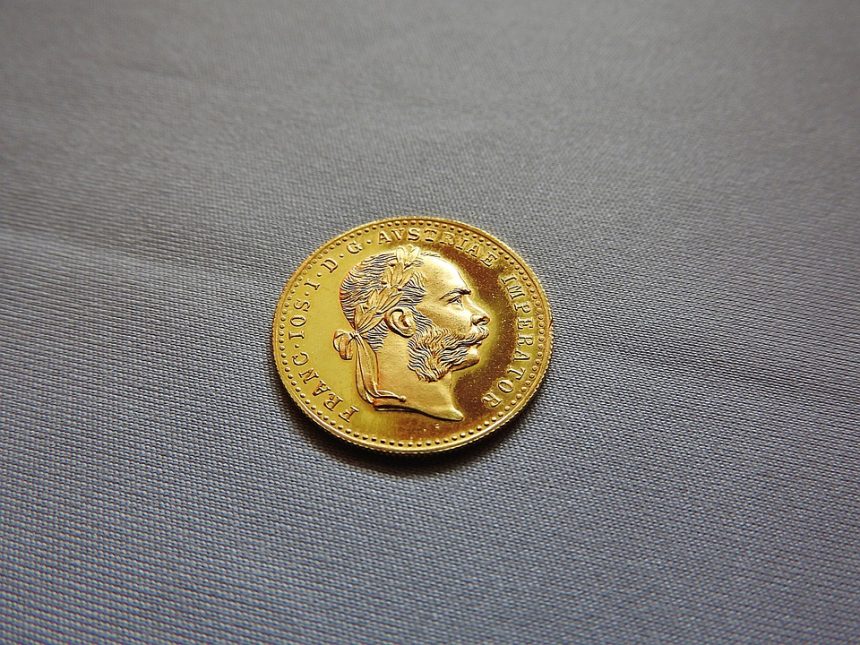Dogecoin vs. Bitcoin: A Clash of Cryptocurrency Titans
In the rapidly evolving landscape of digital currency, Bitcoin and Dogecoin stand out as two titans representing vastly different ideologies, technological foundations, and community sentiments. While Bitcoin laid the groundwork for the cryptocurrency revolution as the first and most prominent digital currency, Dogecoin emerged from a playful meme to become a phenomenon, capturing the hearts of a diverse community. This article delves into the key differences, similarities, and implications of both cryptocurrencies, exploring what sets them apart and how they fit into the broader picture of decentralized finance.
Origins and Purpose
Bitcoin, created in 2009 by an anonymous entity known as Satoshi Nakamoto, was designed as a decentralized digital currency to facilitate peer-to-peer transactions without the need for intermediaries. It introduced blockchain technology, enabling transparent and secure record-keeping of transactions. Its limited supply cap of 21 million coins, established through a process known as mining, enhances its appeal as a hedge against inflation, positioning Bitcoin as "digital gold."
Dogecoin, on the other hand, was created in December 2013 by software engineers Billy Markus and Jackson Palmer as a joke, inspired by the popular "Doge" meme featuring a Shiba Inu. Despite its whimsical origins, Dogecoin has cultivated a strong community focused on tipping, charitable donations, and microtransactions. Unlike Bitcoin, Dogecoin does not have a maximum supply; it was designed to be inflationary with an unlimited number of coins mined each year, making it more accessible but less scarce.
Technological Differences
When it comes to technology, Bitcoin and Dogecoin employ different consensus mechanisms and blockchain architectures. Bitcoin runs on the Proof-of-Work (PoW) model, where miners solve complex mathematical puzzles to validate transactions and secure the network. This makes Bitcoin’s network highly secure but energy-intensive, leading to concerns about its environmental impact.
Dogecoin also uses a PoW mechanism but is based on the Scrypt algorithm, which allows for faster transaction times and lower energy consumption compared to Bitcoin. This design gives Dogecoin the ability to process a higher volume of transactions per second, making it more practical for small-scale transactions and micro-tipping.
Market Dynamics and Value Proposition
Bitcoin remains the dominant player in the cryptocurrency market, commanding a market cap that frequently surpasses hundreds of billions of dollars. Its price has experienced significant volatility, driven primarily by market speculation, regulatory news, and macroeconomic factors. Many investors view Bitcoin as a store of value or digital gold, considering it a safeguard against economic instability.
Conversely, Dogecoin’s value is largely influenced by its community and social sentiment, often driven by celebrity endorsements and viral trends on platforms like Twitter and TikTok. Despite being considered a meme coin, Dogecoin has demonstrated resilience and impressive growth, particularly during bull market cycles. Its accessibility and low transaction costs have made it a popular choice for newcomers and casual investors.
Community and Cultural Impact
The communities surrounding Bitcoin and Dogecoin highlight a profound cultural difference between the two cryptocurrencies. Bitcoin’s community is often characterized by a focus on financial sovereignty, technology, and ideological principles, such as decentralization and self-custody of wealth. It frequently engages in discussions about the robustness of the blockchain, scaling solutions (such as the Lightning Network), and regulatory implications.
In contrast, Dogecoin’s community embraces a more light-hearted approach, blending humor with philanthropy. Dogecoin’s history of charitable initiatives, like funding a Jamaican bobsled team for the 2014 Winter Olympics and various animal rescue organizations, showcases a commitment to social causes. The Dogecoin community’s playful nature has contributed to its viral popularity, attracting a diverse group of supporters.
Future Prospects
Looking ahead, both Bitcoin and Dogecoin are well-positioned for continued influence in the cryptocurrency ecosystem, yet their paths diverge. Bitcoin is likely to enhance its role as a store of value and a hedge against inflation, asserting its dominance as a digital asset for institutional investors and a growing number of individuals.
Dogecoin, while facing challenges in establishing a strong use case beyond its meme origins, has the potential to capitalize on its community-driven approach. Factors such as increased adoption for transactions, integration with payment systems, or innovative developments led by its enthusiastic supporters could enable Dogecoin to carve out a niche in the evolving digital economy.
Conclusion
The clash of Bitcoin and Dogecoin represents more than just a rivalry between two cryptocurrencies; it encapsulates differing visions of what digital currency can and should be. Bitcoin stands as the robust, secure digital asset aiming for financial independence, while Dogecoin highlights the power of community and culture in shaping the future of finance. As the cryptocurrency landscape continues to evolve, both titans have unique roles to play in defining the future of money and decentralized finance. Whether you’re a staunch Bitcoin advocate or a Dogecoin enthusiast, both currencies remind us that the digital revolution is just beginning.






